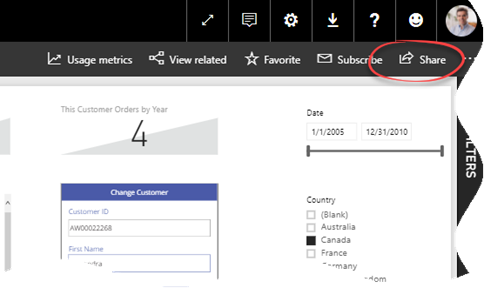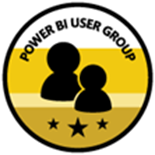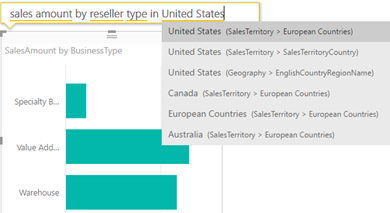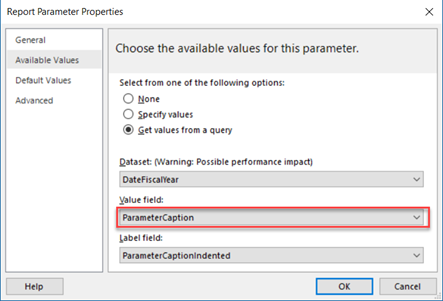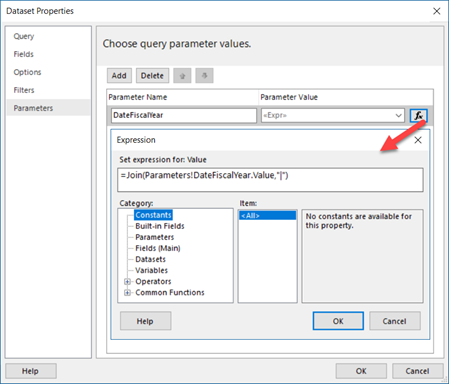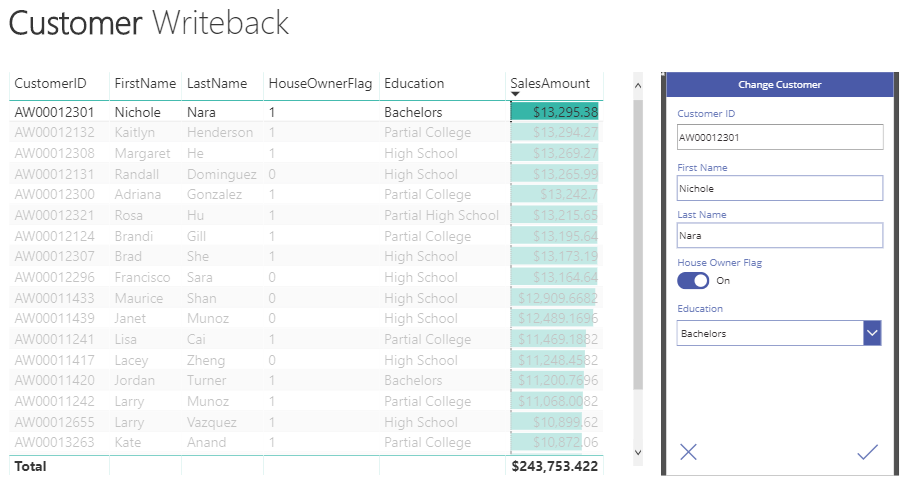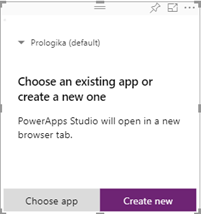Business Value of Semantic Model
A while back I wrote about the ROI for BI and this blog happened to be one of my post popular blogs. I’m a big fan of a BI semantic model for the reasons I outlined in my “Why Semantic Layer” newsletter. Although written five years ago, these are still valid reasons and a semantic model plays a prominent role in every organizational BI solution.
But management cares about business value and not architectures. Allow me to share just one feedback that I got today from one of our insurance customers. In the insurance business, a loss triangle is very important way to analyze losses incurred from claims. Previously, it would take an actuary in this company a month to compile the data and produce a loss triangle report for several important measures, such as Loss Paid Inception to Date. With the semantic model we implemented, it takes seconds.
How long does it take you to compile your reports?


